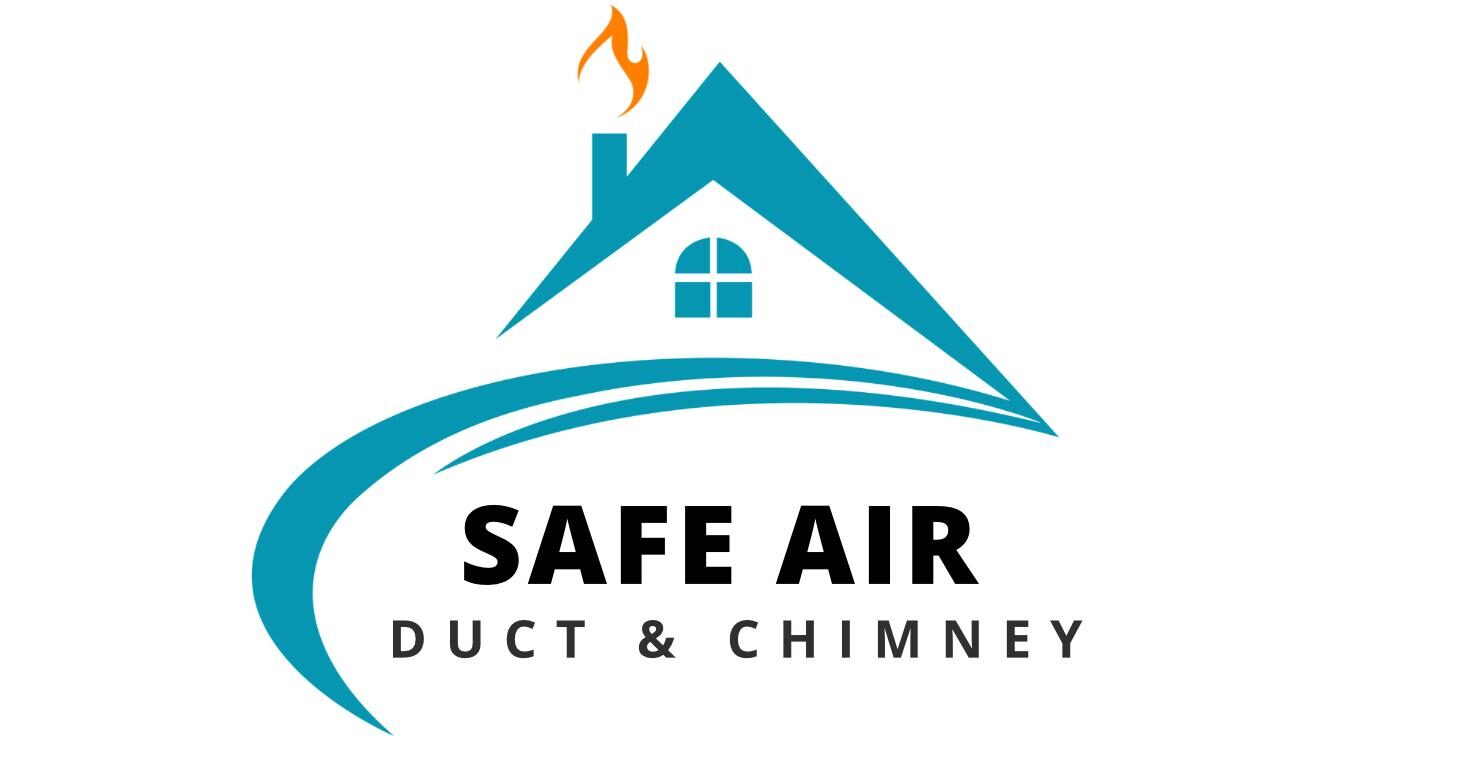Creosote Buildup Prevention: How to Stop Dangerous Chimney Fires
What Is Creosote Buildup and Why Does It Happen?
Creosote buildup prevention is essential for homeowners who use a fireplace. Creosote is a highly flammable substance that forms inside chimneys when wood burns incompletely. Over time, it accumulates on the inner walls of your chimney, restricting airflow and increasing the risk of a chimney fire.
This buildup occurs due to incomplete combustion, meaning when wood does not burn completely, it releases unburned gases that condense inside the chimney. As these deposits harden, they turn into dangerous layers of creosote. Preventing creosote buildup through proper fireplace use and regular cleaning is the best way to ensure safety.

Why Is Creosote Dangerous?
Creosote may seem harmless at first, but it poses several risks to your home and health.
1. Increased Fire Risk
Creosote is highly flammable, and excessive buildup can ignite, causing a chimney fire. According to the National Fire Protection Association (NFPA), chimney fires are a leading cause of residential fires in the United States.
2. Poor Indoor Air Quality
Blocked chimneys can cause smoke and carbon monoxide to enter your home, posing serious health risks. Carbon monoxide poisoning is a silent but deadly hazard.
3. Costly Chimney Damage
Thick layers of creosote can crack your chimney liner and weaken masonry. If left untreated, this can lead to expensive repairs or even structural damage.
The Three Stages of Creosote Buildup
Understanding the stages of creosote accumulation can help determine when cleaning is needed.
- Stage 1: Flaky Creosote – This powdery soot is easy to remove with regular chimney sweeping.
- Stage 2: Tar-Like Creosote – The buildup becomes stickier and harder to clean, requiring specialized brushes.
- Stage 3: Glazed Creosote – This hardened layer is highly flammable and requires professional removal.
The longer creosote remains in your chimney, the harder it is to remove. Preventive maintenance is the best solution.
How to Prevent Creosote Buildup in Your Chimney
To protect your home and fireplace, follow these best practices for creosote buildup prevention.
1. Burn Only Seasoned Hardwood
Using dry, seasoned wood like oak or maple reduces creosote formation. Wet or unseasoned wood produces more smoke and increases buildup.
2. Maintain Proper Airflow
Good ventilation helps burn wood more completely. Always keep the damper fully open when using your fireplace.
3. Schedule Annual Chimney Cleanings
The Chimney Safety Institute of America (CSIA) recommends having your chimney inspected and cleaned annually to prevent creosote buildup. Professional chimney cleaning is the safest way to ensure a fire-free home.
4. Install a Chimney Cap
A chimney cap prevents debris, rain, and animals from entering your chimney, all of which can contribute to creosote accumulation.
5. Avoid Burning Trash or Paper
Burning household waste, newspapers, or cardboard releases chemicals that create excess soot and creosote buildup.
Signs You Have Excessive Creosote
If you notice any of these warning signs, it may be time for a professional chimney inspection.
- A strong, smoky odor coming from your fireplace, even when not in use.
- Thick black soot around the damper, firebox, or chimney walls.
- Excessive smoke entering your home when using the fireplace.
- Unusual crackling sounds inside your chimney, which could indicate a small creosote fire.
Ignoring these signs can lead to fire hazards and costly repairs. If you experience any of them, schedule a professional chimney inspection as soon as possible.
Best Methods for Removing Creosote
1. Professional Chimney Sweeping
A certified chimney sweep uses rotary brushes, industrial vacuums, and chemical treatments to remove even hardened creosote.
2. Creosote-Removing Fireplace Logs
Some logs release chemicals that help loosen creosote, but these are only a temporary solution and do not replace professional cleaning.
3. DIY Chimney Cleaning (Use Caution)
While some homeowners attempt DIY chimney cleaning, it is risky without proper tools. Professional cleaning is the safest and most effective method.
Creosote buildup prevention is essential for fire safety and chimney longevity. By burning the right wood, maintaining good airflow, and scheduling regular chimney cleanings, you can prevent dangerous creosote accumulation.
Do not wait until your chimney becomes a fire hazard. Schedule a professional chimney cleaning today to ensure your home stays safe and warm.


